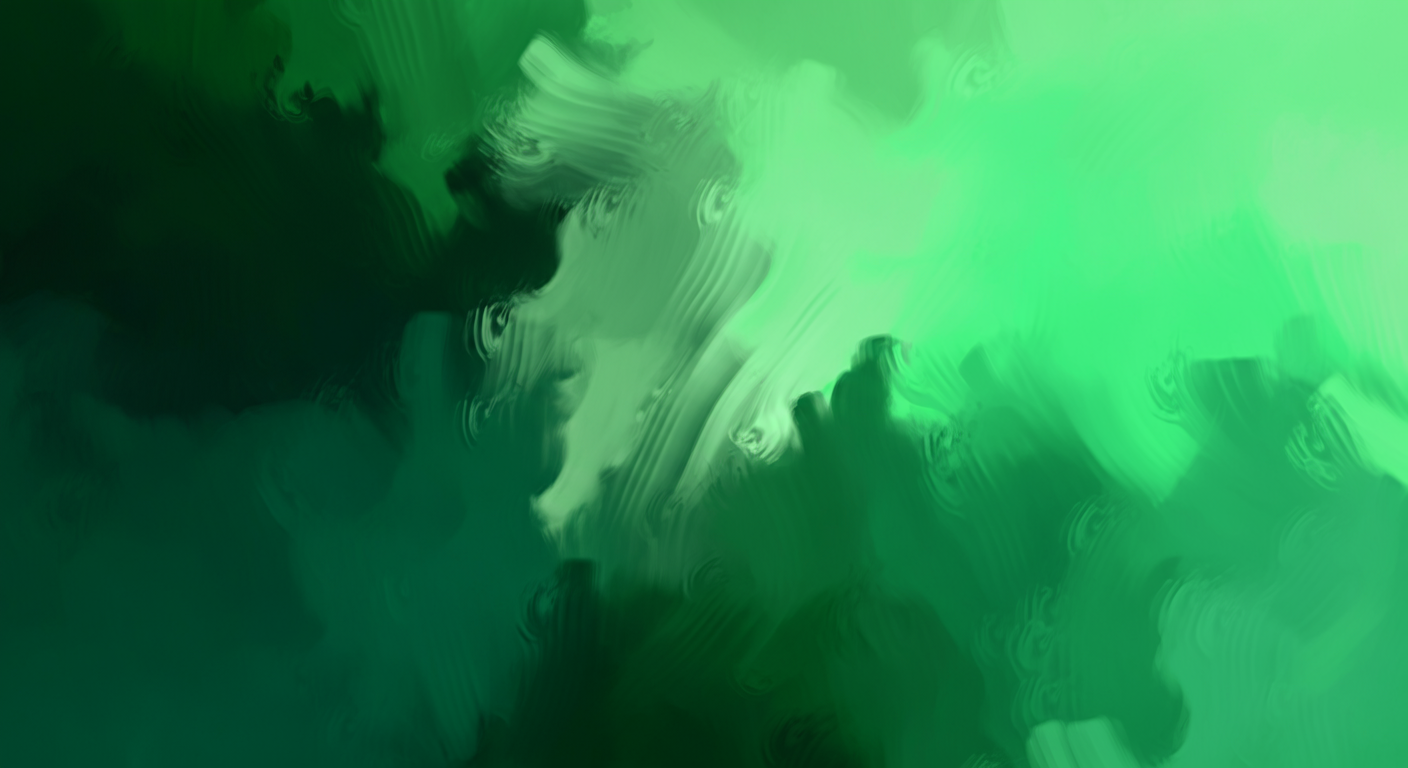
The Isolation Distress Type
“When you allow others to meet you where you are, isolation becomes intimacy.”
Introduction
The Isolation Distress Type embodies the deep ache of disconnection — a longing to belong while feeling unseen or misunderstood. When regulated, this type is profoundly reflective, authentic, and grounded in empathy. When dysregulated, isolation can become both shield and prison: a way to feel safe while unconsciously deepening separation.
Who Is the Isolation Type?
Those with Isolation Distress often appear introspective, independent, and self-reliant. Beneath that calm surface lies a sensitive soul attuned to emotional nuance and subtle energy shifts. Their nervous system craves safety and predictability, leading them to retreat inward when external dynamics feel overwhelming.
“The walls we build to protect ourselves can also become the walls that imprison us.” — Anonymous
The Isolation Type’s strength lies in their ability to self-soothe, reflect, and observe. They often serve as stabilizing forces within relationships, offering calm in chaos. But this same independence can make it difficult to ask for help, creating a silent cycle of unmet needs.
Your Core Pattern
When overwhelm hits, you pull away. You tell yourself you just need “a little time to reset,” but the silence grows heavy. You crave closeness and space at once.
Try: Share one small truth daily — even a text to a trusted friend: “Today feels heavy.” Connection is regulation.
Purpose and Drive
At their core, Isolation Types seek authentic connection — the kind that honors truth, not performance. They are guided by the principle that relationships should feel safe, mutual, and emotionally consistent. Purpose arises when they channel solitude into wisdom. They thrive in roles where introspection and depth are valued — coaching, medicine, writing, therapy, and leadership through integrity.
Challenges and Growth Edge
Under stress, the Isolation Type’s instinct is to withdraw — physically, emotionally, or cognitively. What begins as healthy self-preservation can spiral into avoidance, reinforcing loneliness. They may tell themselves others don’t care or won’t understand, a belief that quietly feeds the very pain they wish to escape.
The growth edge lies in allowing support. Isolation Types heal not by fixing their loneliness but by letting connection coexist with vulnerability. Healing begins when they stop confusing solitude with safety and start seeing connection as nourishment, not threat.
Relationships and Connection
Isolation Types value depth over quantity. A few authentic relationships mean more than a hundred surface-level interactions. They’re deeply loyal and intuitive, often sensing what others feel before words are spoken. However, their high empathy can lead to emotional exhaustion. When they sense conflict or disappointment, they may retreat to protect themselves — a pattern that partners or friends may misinterpret as rejection.
“True belonging doesn’t require us to change who we are; it requires us to be who we are.” — Brené Brown
Personal Mission
Isolation Types often carry a quiet mission: to bring depth, reflection, and compassion into a world that moves too fast. Their capacity for deep presence makes them powerful mentors, healers, and visionaries. They are here to teach the world the medicine of stillness — to model that introspection and connection are not opposites, but complements.
Transformation Coaching Prompts
- Awareness: When I feel misunderstood, how do I protect myself — and what might I lose by doing so?
- Emotion: What emotion is underneath my need to retreat — fear, disappointment, or grief?
- Action: What one small act of openness could move me toward authentic connection today?
🔎 Blind Spots Across the 12 Pillars of Transform
Here’s how the Isolation Distress Type tends to get stuck — and how transformation begins when you let support back in.
Pain Point: You try to self-regulate in isolation, convinced you should “figure it out” alone.
Shift: The foundation of regulation is co-regulation. Safety is rebuilt through gentle connection — one conversation at a time.
Pain Point: You neglect your own needs when caring for others, skipping meals or workouts until you “deserve” the break.
Shift: Nourishment isn’t optional. Strength starts with receiving — fuel, rest, and care that don’t require earning.
Pain Point: You downplay symptoms or exhaustion, assuming it’s just stress.
Shift: Awareness is self-compassion. Learning your body’s signals helps you treat fatigue as feedback, not failure.
Pain Point: You avoid introspection because it feels indulgent — or risky.
Shift: Reflection is connection with yourself. Thinking with curiosity instead of judgment reopens the door to healing.
Pain Point: You numb emotions to stay functional, confusing suppression with stability.
Shift: Feeling doesn’t mean falling apart. Emotional awareness strengthens resilience and restores vitality.
Pain Point: You tell yourself “no one gets it,” isolating even further.
Shift: Safe community reminds your nervous system that belonging heals. Shared experiences lighten invisible burdens.
Pain Point: You equate self-sufficiency with worth, creating an unsustainable life of quiet endurance.
Shift: Purpose expands through interdependence — when you allow others to see and support the real you.
Pain Point: You overwork in solitude, mistaking exhaustion for dedication.
Shift: Energy renews through interaction, laughter, and presence. Social rest counts too.
Pain Point: You neglect movement and self-care when isolated, defaulting to “survival mode.”
Shift: Even ten minutes of strength restores aliveness. Movement reconnects body and mind — a physical bridge back to self.
Pain Point: You lead silently, carrying others’ stress but never voicing your own.
Shift: Vulnerable leadership models emotional health. Sharing your truth gives permission for others to do the same.
Pain Point: You rebuild alone, then burn out again from lack of support.
Shift: Integration is sustained through community. Consistency grows stronger in shared accountability.
Pain Point: You offer boundless compassion but keep none for yourself.
Shift: Regulated clinicians receive care as part of their practice. Your energy heals most when you’re not running on empty.
✨ Reconnect, Regulate, and Rise
You don’t have to do it all alone anymore. These next steps will help you move from survival to transformation — through community, clarity, and compassion.

